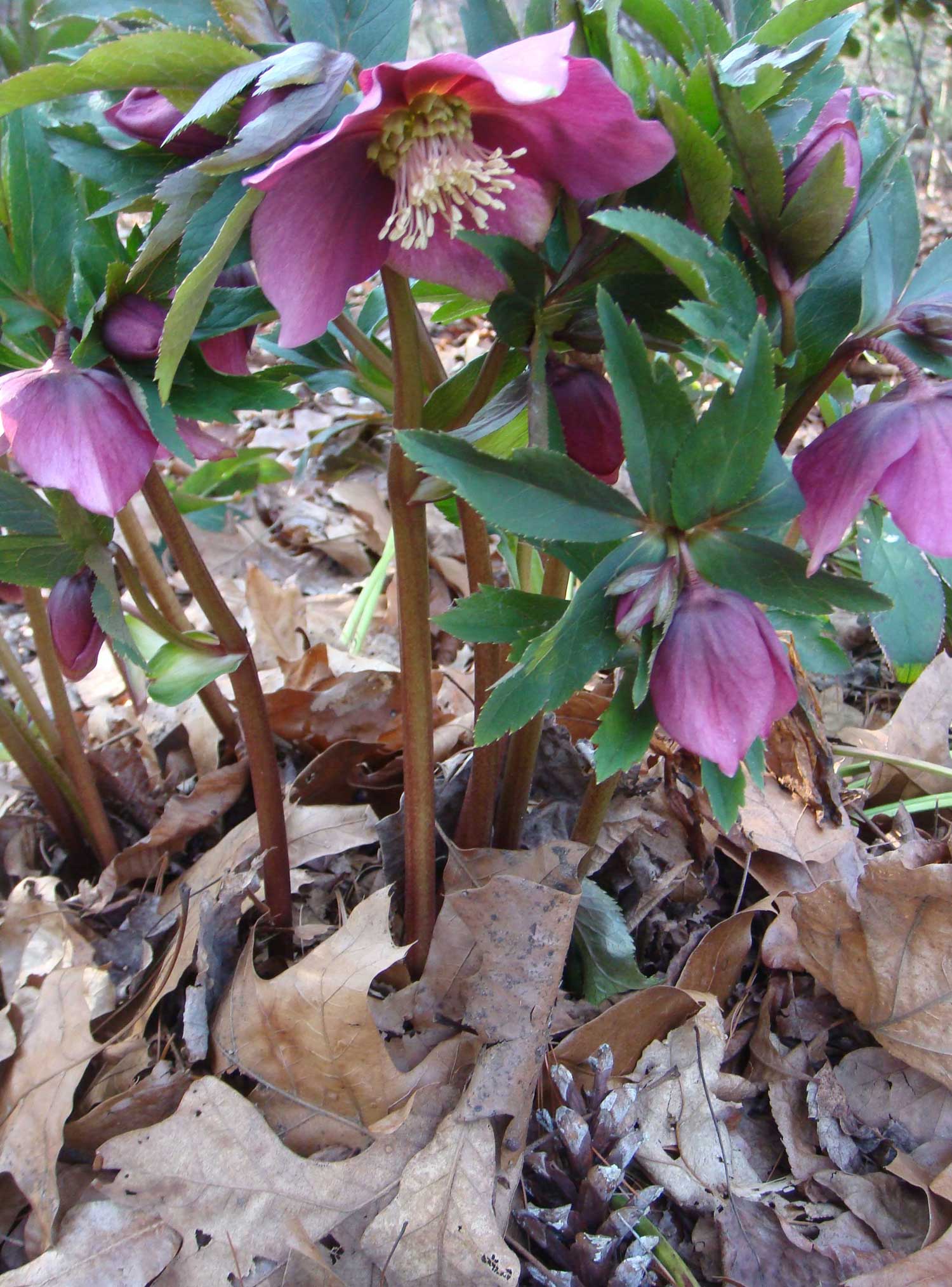August is the perfect month to sow a fall vegetable garden. As the Cleveland area heads into the second half of the dog days of summer, gardeners will likely find some of their warm-season vegetable plants are done producing for the year. Removing spent cucumber vines and bush beans gives gardeners the space to plant veggies that will be ready for the table this fall.
Ten Veggies to Plant for Fall
Fall vegetable crops have the advantage of germinating in warm soil and are less likely to bolt than when planted in the spring. Fill in those empty garden spaces with these frost-tolerant favorites:
- Beets. (50 to 60 days) Both the leaves and roots of this fast-maturing superfood are filled with antioxidants, fiber, vitamins and minerals. Choose a traditional red variety or go for a striped or golden cultivar.
- Bok Choy. (45-60 days) No need to worry about picking this leafy green veggie before a frost. Cold tempertures improve its flavor. Pick the whole head and steam the leaves for a healthy side dish.
- Kohlrabi. (46 to 60 days) Milder and slightly sweeter than broccoli, the sliced stems of kohlrabi are an excellent addition to any stir-fry medley. The leaves can be steamed or added fresh to salads.
- Leaf lettuce. (30 to 60 days) For the price of a few packs of seeds, gardeners can have a blend of gourmet lettuce throughout the fall season. Pick the outer leaves as they reach a usable size and the plant will continue producing.
- Parsnips. (100 days) Although parsnips are a long season crop, they can be left in the ground over the winter in Northern Ohio. Use them before they begin growing in the spring as they will become stringy and loose flavor.
- Peas. (60 to 70 days) The sweet juiciness of fresh peas is hard to resist. Add them to salads, stem them or preserve by blanching and freezing. Peas planted now will be ready for harvest in October.
- Radishes. (21 to 35 days) This easy-to-grow, fast-maturing crop is a must have fall vegetable. To tone down the peppery flavor, try sauteing them in a pan or make crispy parmesan radishes in the air fryer.
- Spinach. (45 days) Leave the growing point intact when harvesting this iron-rich leafy green and it will continue producing well into early winter. Use it fresh or dehydrate it for nutrient-rich, homemade spinach powder.
- Swiss Chard. (50 to 65 days) Although often used interchangably with spinach in recipes, Swiss chard is a much larger plant with bigger leaves. This reduces harvest time, a fact which is often appreciated when temperatures hover in the freezing range.
- Turnips. (50 to 60 days) Not only can gardeners begin consuming turnip greens around 40 days from sowing seed, the roots of this crop can be left in the ground until temperatures threaten to freeze the soil.






